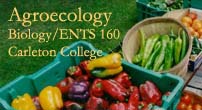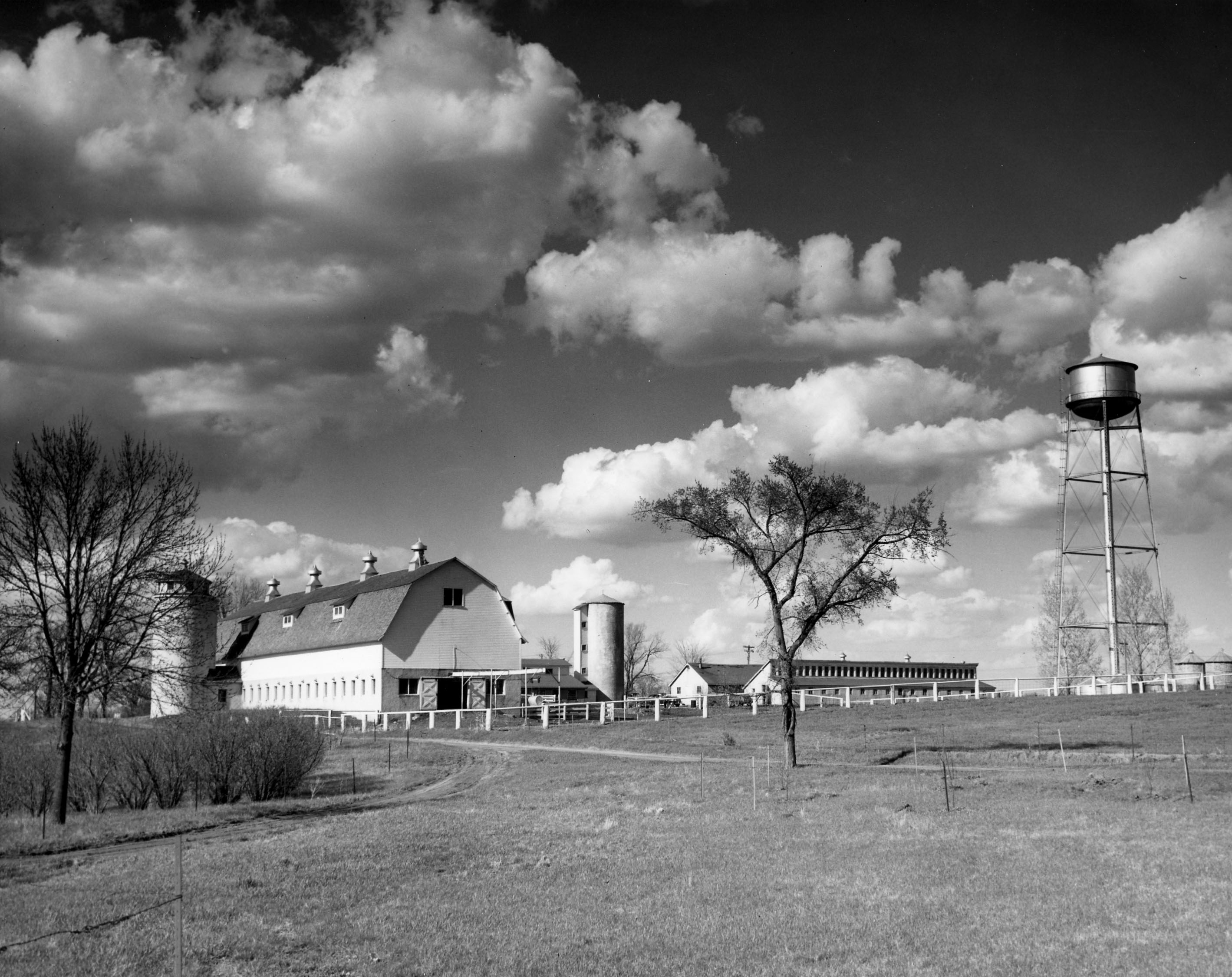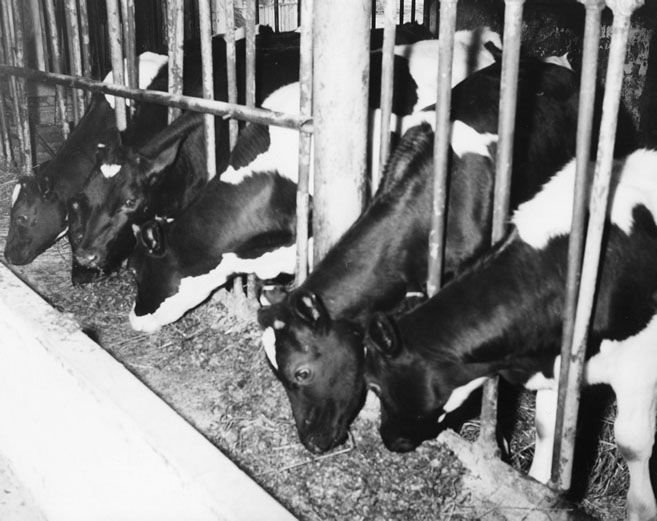
Farmelton
The Carleton Farm
A project of the Bio 160 Agroecology Course
A History of Farming at Carleton
Carleton's Heyday
1935-1960
1935
In 1935, the Northfield News reported on the status of the Carleton Farm. According to their article, the Carleton College Dairy Farm had 15 cows. These cows were milked three times a day and provided 1796.2 lbs of milk and 61.4 lbs of butterfat per month.
In conjunction with the article, the school released all of the farm’s notes for 1935:
The superintendent of the farm was Mr. George Dienst, and the stated purpose of the farm was “to produce milk for the college”. The farm was also divided into three departments: The dairy department, the field department, and the hog department.
The dairy department was by far the most important branch of the farm. It was responsible for furnishing all the milk drank at Carleton. This department was responsible for making sure all the milk was clean and wholesome. Pasteurization of the milk was done by Campbell Dairy Co. of Northfield. Four men were employed in this department. The field department was primarily responsible for raising feed for the cattle. They had about 500 acres under cultivation, and grew mainly corn, barley, and oats. This department also had four workers. The hog department was in charge of the 150 hogs also owned by the farm in1935. The hogs were sold at the South St. Paul stockyards, and were incredibly profitable for the school, as they required little expense to raise. The hog department only had one employee. The buildings on the farm consisted of 2 houses, one big dairy barn, and one temporary horse barn, which housed 17 horses for student use.
The notes also included a list of the equipment used by the farm. As of 1935, the farmers had at their disposal: a 10-20 John Deere tractor, a universal milking machine, a thrashing machine, plows, cultivators, planters, a grow drill, a corn shredder, and 10 work horses.
1945
The May 1945 issue of The Rice County Farmer (a local publication) published a piece on the Carleton Farm entitled: “Education and Farming Go hand in hand at Carleton”. The article gives a clear picture of what the farm was like in 1945. It was under the direct control of school officials, and the official farm manager was Fred Blesener. By that time the farm had grown to an impressive 519 acres, and its cows were praised by many. The article claims: “the highly regarded herd of 140 purebred Holstein cattle is playing a vital part in wartime food production and is recognized as one of Rice County’s model farms from the standpoint of up to date equipment, efficiency of operation, and production records”. The school president, Dr. Cowling, is quoted as describing the purpose of the farm as twofold. First, the farm provides for the school high quality dairy products for dorms, and secondly it could serve the public in development.
The total milk production in 1945 was more than a ton a day, or around 240 gallons. The milk was sent immediately to Campbell Dairy Co., where it was pasteurized and sent back to the dorms.

Dairy Barn on Carleton's Farm circa 1950, courtesy of College Archives
1959
In 1959, the school released statistics on the fall harvest. The farm produced 14,060 bales of hay, 1720 bales of straw, 330 tons of corn in silage, 2760 bushels of oats, and 5720 bushels of corn (240 of which were taken to the riding stables).

Cows on Carleton's Farm in 1958, courtesy of College Archives